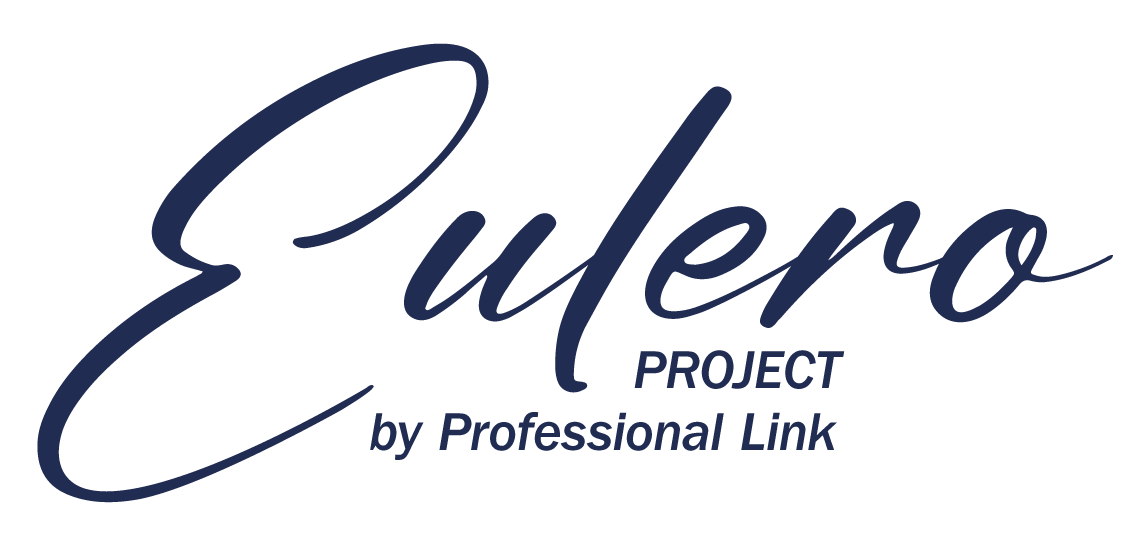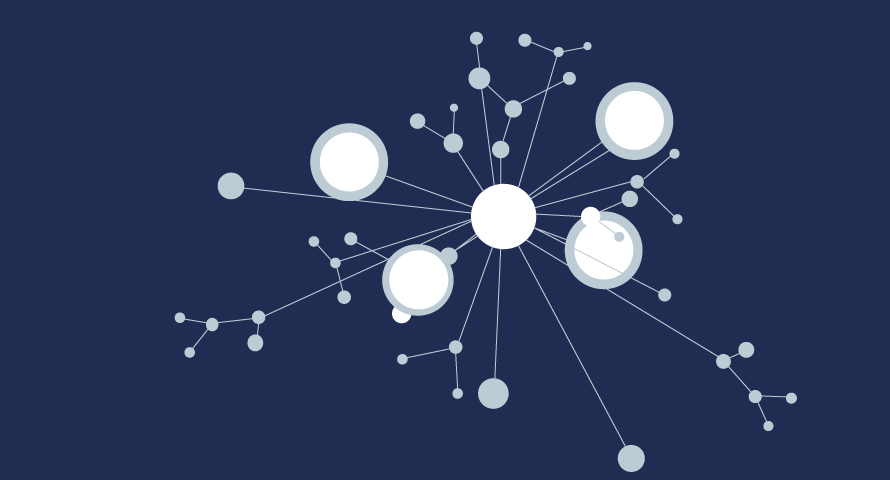Eulero project
A new internal organization model
Our slogan is Connections beyond connectivity, i.e. the network technology that enables relationships between people by creating links and exchanges of value.
PLINK counts on a team of almost forty people and a large network of globally distributed business partners. Therefore, the need arose to undertake a more structured people management, careful to evaluate each person’s skills. This is in order to identify new talents, enhance internal training and, above all, take care of existing assets, in terms of values, knowledge, attitudes and motivations. That’s why we created Eulero Project.

PLINK’s organizational model
The Eulero Project is a fluid and flexible model, like our services
We do not adhere to a pyramidal organizational structure, characterized by perimeter business lines and hierarchies.
As part of our commitment to social sustainability, we have developed an organizational model that is fluid and scalable, with connected and dynamic centers of expertise. The purpose of this is to encourage everyone to participate.
Our organizational model touches the main areas of the company, from development to growth up to culture, enhancing the knowledge of individuals, the sharing of common values and objectives.
In this perspective, collaborators do not undergo transformation, but rather become its drivers. Decisions, experimentation and organization are shared in a horizontal and shared way, with everyone’s contribution.

Graph organization
Eulero’s graph theory, which has many applications related to the notion of networks, provides the basis for our organizational model. The application of this corporate organizational model is, however, entirely new and unique to the Italian business world.
The organization of graphs is generally non-hierarchical, characterized by connections between points. Eulero Project uses this approach to develop the company’s internal organization chart.
Professional Link’s Eulero Project
In the Eulero Project, we have created an organizational model designed around a wide-ranging collaboration network and dynamic, interconnected centers of expertise, the “nodes”.
The diagrammatic representation of the model allows for mapping of the centers of competence, the flows between functions, and the processes in progress. This allows for a clear, intuitive, and always-updated view of what is occurring within the organization.
This representation makes it possible to test the impacts of any interventions at an organizational level with a lot of detail. Management can therefore obtain an immediate reading of the interconnections between company functions, being able to correct critical issues and process defects upstream. Graph mapping also allows us to identify new opportunities for connections between people and departments.
